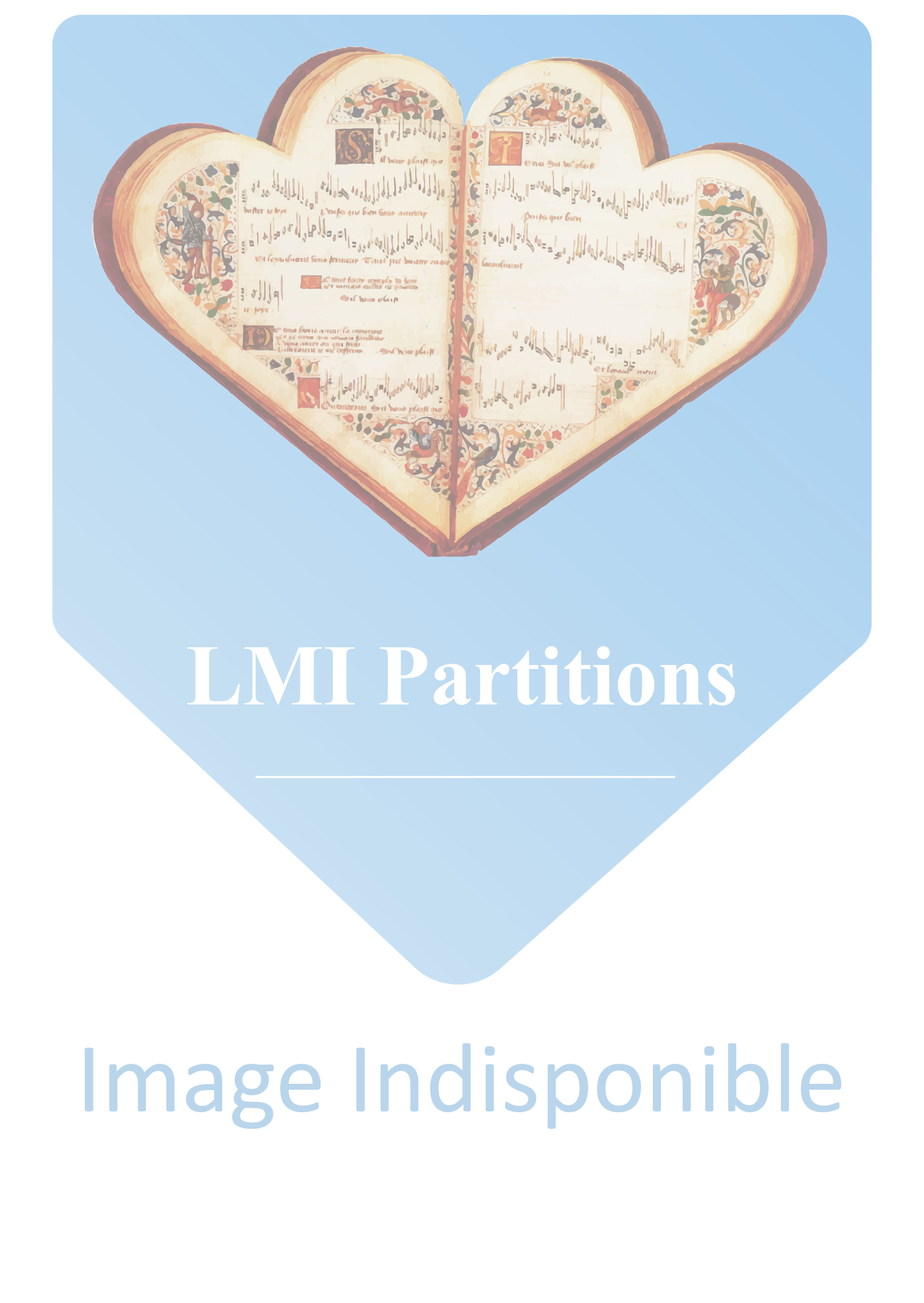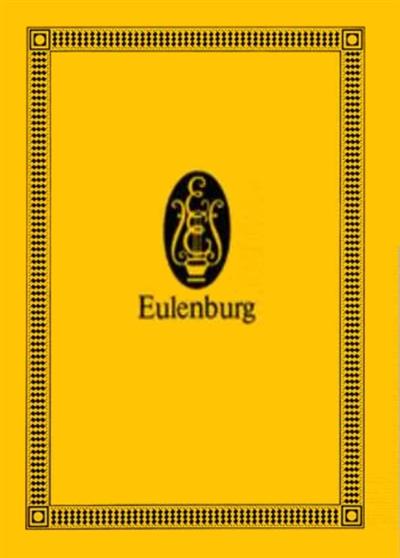Classique
Description :
Tabula rasa is Pärt's most extensive instrumental work. Inspired by the concerto grosso from the Baroque period - a small group of instruments, against the rest of the orchestra - the first movement, Con moto (with movement), features Vivaldi-like textures resulting from its use of static rhythms and homophonic structure. The prepared piano - in which different objects are put into the instrument, thus creating different starling sounds (in this piece screws between the strings) - makes a clear reference to bells. The first movement develops through a juxtaposition of two different episodes: one rhythmically active and one calm section in which only one violin and piano takepart. The motion in the active section increases gradually in register and rhythmic activity and culminates in an extensively arpeggiated, almost violent, section. In the second movement, Senza moto (without movement), the prepared piano serves an even more important function - providing the only rhythmic and coloristic contrasts to be extended canon sections in which the celli expand a diatonic scale upwards and downwards, similar to the technique used in Cantus, followed in canon by the first violins. Per F. Broman 1997 (taken from the booklet of BIS CD 834) Preparation of the Piano: Metal screws of 5 or 6 mm diameter should be used. The screws should each be placed behind the dampers. Division of the strings into octaves by the screws is not necessary. In order to prepare the strings, they should be carefully separated by a felt wedge before the screws are inserted or removed, in order to avoid damage to the strings. Via the preparation, one of the three strings always vibrates freely, thus determining the pitch. The two strings prepared with the screw produce an alienated tone colour effect. As large a concert grand should be used as possible (not an upright piano). To achieve the desired tone colour, it is essential that the piano is prepared, and amplified.
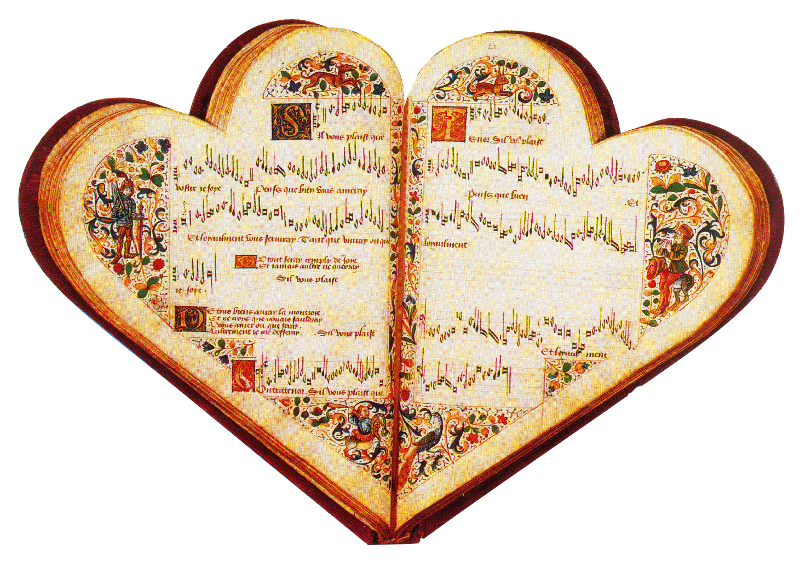

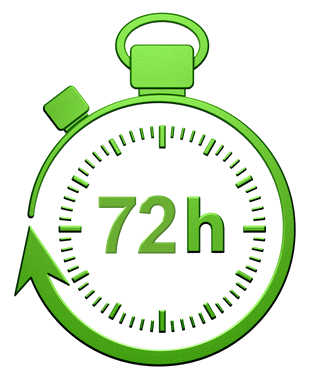
 Gagnez un bon d'achat dès 50€
Gagnez un bon d'achat dès 50€
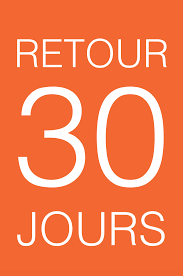 30 jours pour changer d'avis
30 jours pour changer d'avis
